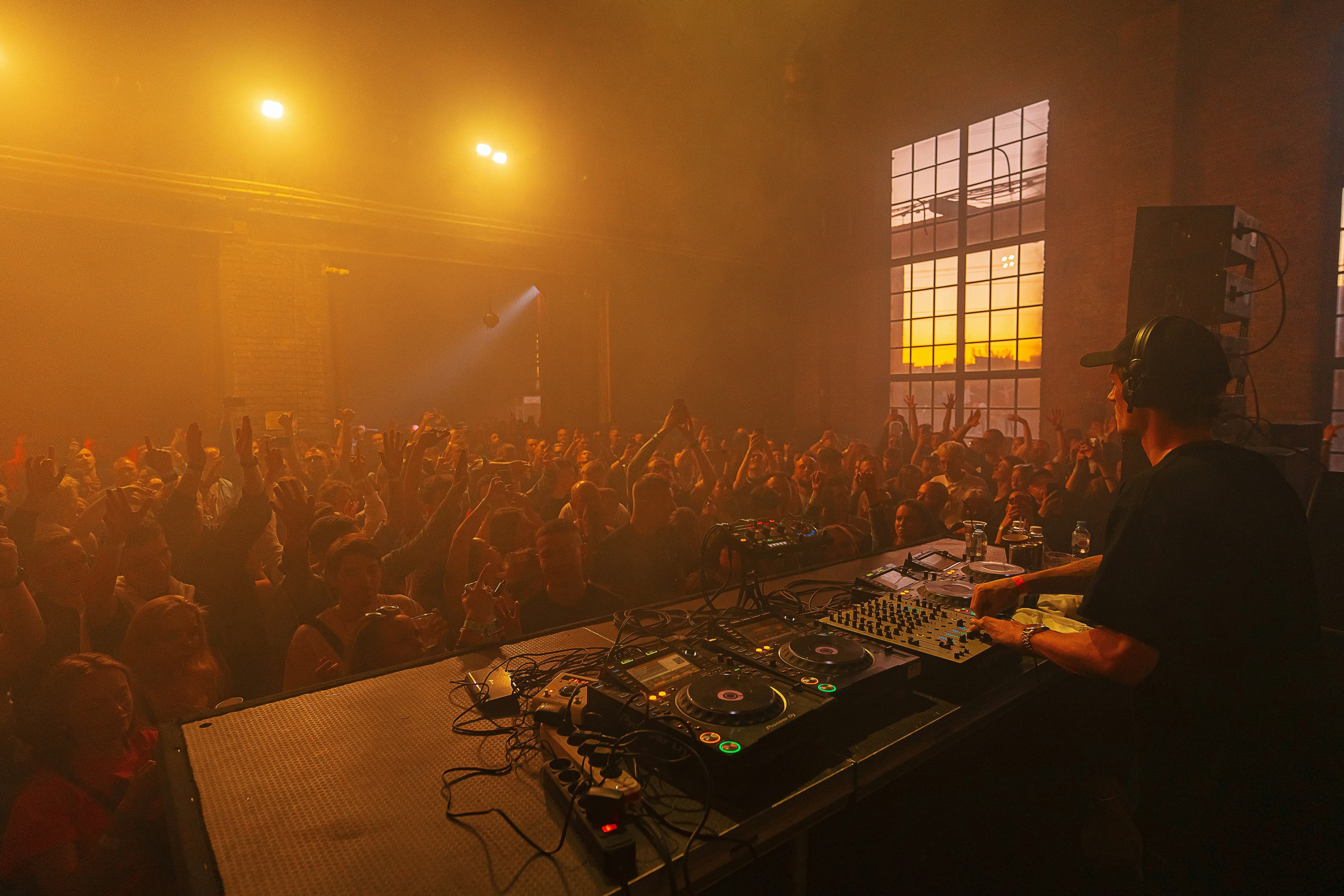In the past, raves stretched on forever. You’d find yourself lost in a sea of strangers, with no phone to check and just a drink in your hand. The music, the energy, and the random chats with people you’d never see again were enough to keep you going.
It’s 5 a.m., and the sky starts to glow. You pause for a moment, watching the sunrise and wondering where you left your sunglasses. It doesn’t matter. You take another sip, looking around at the crowd. Everyone’s sweaty, exhausted, but still moving, still smiling, still caught in the moment.
Then your friends finally show up, laughing as they weave through the crowd. And there they are: your sunglasses, sitting on your buddy’s face the whole time. You laugh because, of course, you gave them to him hours ago and forgot.
Those nights weren’t perfect, but they felt like freedom. They were messy, chaotic, and alive. But now, those moments are harder to find. A recent Financial Times study reveals that raves and clubs around the world are closing their doors much earlier than they did a decade ago.
The Numbers Show the Change
The Financial Times study highlights how much closing times have shifted between 2014 and 2024. In Barcelona, for example, 75% of clubs in 2014 stayed open until 6 a.m., reflecting the city’s vibrant nightlife culture. Fast forward to 2024, and most clubs now close at 3 a.m., with 6 a.m. closures coming in second.
Even Berlin, famous for its marathon parties, is seeing change. While 4 a.m. is still a popular closing time, 10 p.m. closures are now nearly as common, signaling a significant shift in the city’s nightlife habits. Similar trends are happening worldwide. In New York, Melbourne, and Manchester, clubs are reducing their hours, with many now closing by midnight or 1 a.m. instead of the early morning.
Why Are Clubs Closing Earlier?
Money: The Party Killer
Let’s start with the obvious: money. For venues, running an all-night rave costs a fortune. Staff need to be paid overtime, energy bills soar, and operating licenses for late hours are increasingly expensive. Many venues simply can’t justify the costs of staying open until sunrise, especially when fewer people are staying that late to begin with.
For partygoers, the costs don’t help either. Drinks have become outrageously expensive, with cocktails often priced at the equivalent of a decent meal. Cover charges can feel like a punch to the wallet too. Faced with these expenses, many people choose to stay home or leave early. Pre-drinking at home and heading out for just a few hours is the new norm.
Technology Changes Everything
Another major factor is how technology has reshaped our social lives. In the past, going out to raves or clubs was one of the best ways to meet new people or even find a potential partner. Today, online dating apps have taken over that role. Swiping on Tinder or Bumble from the comfort of your couch is faster, cheaper, and let’s face it, less effort.
Then there’s the presence of smartphones at raves. In the past, people danced without a care, fully immersed in the music and the moment. Now, the fear of being filmed during an embarrassing or unflattering moment is very real. Knowing you could end up on someone’s Instagram story kills the vibe for a lot of people, making it harder to let loose and act naturally.
Ironically, phones also make social interactions less organic. Instead of striking up conversations with strangers, many people scroll through their feeds or text friends. The collective energy that made raves magical is harder to capture when everyone is glued to their screens.
Smoke Ban Disrupts the Flow
The smoking ban has also played a subtle but significant role. Back in the day, people would stay on the dance floor for hours without leaving the party’s rhythm. Now, smokers have to step outside for a cigarette, breaking up the flow of the night. This constant coming and going disrupts the energy of the room, and for some, it’s just another reason to call it an early night.
The Changing Appeal of Raves
All of these factors combined mean that raves no longer hold the same universal appeal they once did. Post-pandemic, many people have discovered that they enjoy staying in more than they expected. Cozy nights at home, streaming music, or joining virtual events feel safer, cheaper, and less draining.
And let’s not forget the growing importance of mental health and well-being. Marathon nights out don’t align with everyone’s priorities anymore. People are more conscious of their energy levels, choosing smaller, more intimate gatherings over loud, crowded spaces.
What’s Next for Raving?
While it might feel like nightlife is losing its spark, this is just one phase in its evolution. The energy and passion that fuel raves and clubs are still alive, they’re just finding new forms. Nightlife is adapting, just as it always has, to fit the world around it.
Daytime raves and early evening events are bringing the same vibrant energy to new hours. Hybrid spaces that mix music, art, and dining are opening doors to broader audiences. Smaller, more intimate events are creating spaces for connection in ways that large-scale raves sometimes cannot.
This isn’t the end of nightlife. It’s a shift, a period of change. Just like the music evolves, so does the way we experience it. The beat is still there, and it always will be. Nightlife remains a cornerstone of culture, and while the format may look different, its magic will continue to live.
